Sometimes, we need to launch applications on our system with elevated privileges. We can do so by selecting the Run as Administrator option in the right-click context menu for a particular application. However, some users cannot use this option because it is greyed out. If the Run as Administrator option is greyed out on your system, the solutions provided in this article will help you.
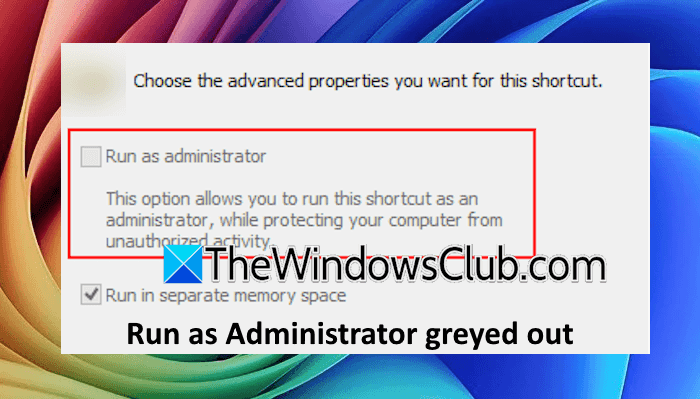
Run as Administrator is greyed out in Windows 11
Use the following suggestions if the Run as Administrator option is greyed out on your Windows 11/10 computer.
- Add Everyone as a new user
- Try other ways to launch the application as an administrator
- Create a shortcut for the program
- Disable and re-enable the UAC
- Repair your system image files
- Create a new Administrator account
- Reset your PC
I have explained all these fixes in detail below:
1] Add Everyone as a new user
Try to add Everyone as a new user and then check if you can run that application as an administrator. To add Everyone as a new user, follow the steps provided below:
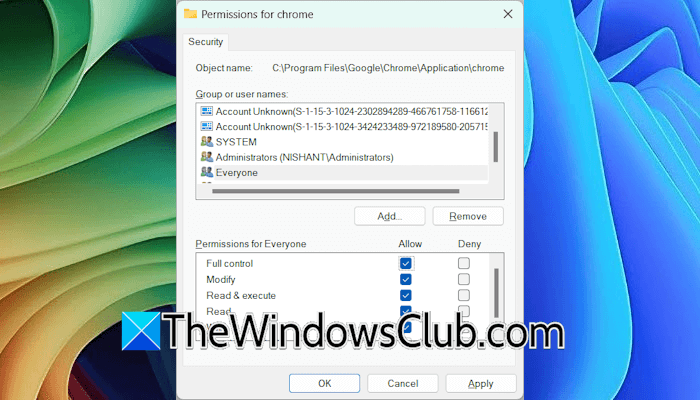
- Right-click on the exe file of the program and select Properties.
- Select the Security tab and then click on the Edit button to edit its permissions.
- Click on the Add button and type Everyone.
- Click on the Check Names button and then click OK.
- Select Everyone user and Allow Full Control for it.
- Click Apply and then click OK.
Now, check if you can run it as an administrator or not.
2] Try other ways to launch the application as an administrator
You can also try other ways to launch the program as an administrator. You can launch a program as an administrator in multiple ways. I have explained some of these methods below.
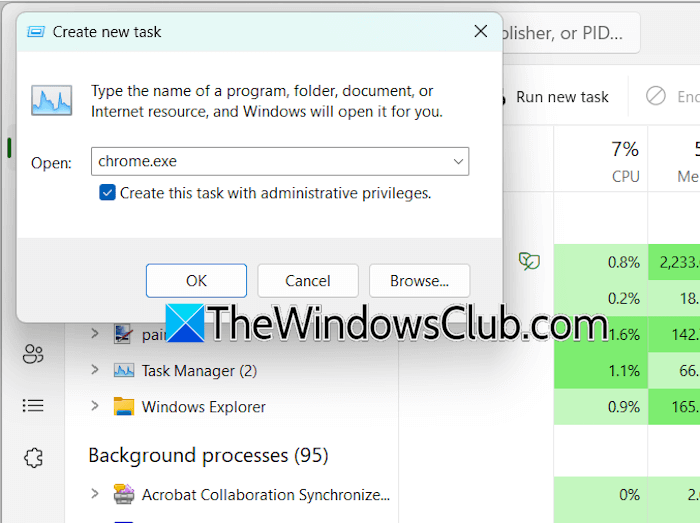
Open the Run command box and type the exe file name of the program. For example, for Chrome, type chrome.exe. Now, press Ctrl + Shift + Enter. You can also do the same via the Task Manager. Open the Task Manager and click on the Run new task option. Now, type the exe name of the application, say, chrome.exe. Select the Create this task with administrative privileges checkbox and click OK.
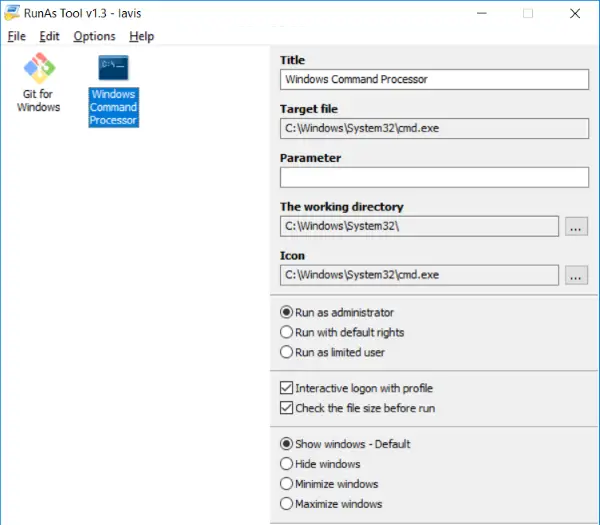
You can also use a third-party tool like RunAsTool to launch a desired program with elevated privileges.
3] Create a shortcut for the program
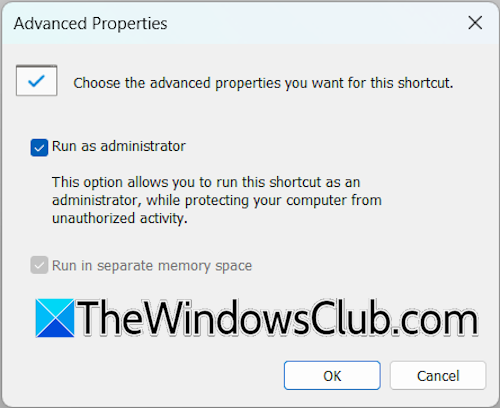
If the Run as Administrator option is greyed out in the Compatibility tab for a program, you can try creating a shortcut for that program and see if the option becomes clickable there. Now, right-click on the shortcut and select Properties. Select the Shortcut tab and click on the Advanced button. Select the Run as administrator checkbox and click OK. After that, whenever you launch the program through that shortcut, it will open with elevated rights.
4] Disable and re-enable the UAC
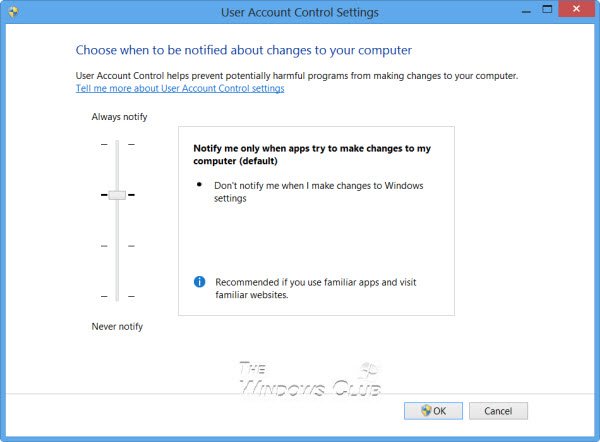
Try disabling and re-enabling the UAC and see if it helps. The option to disable and enable UAC is available in the Control Panel.
5] Repair your system image files
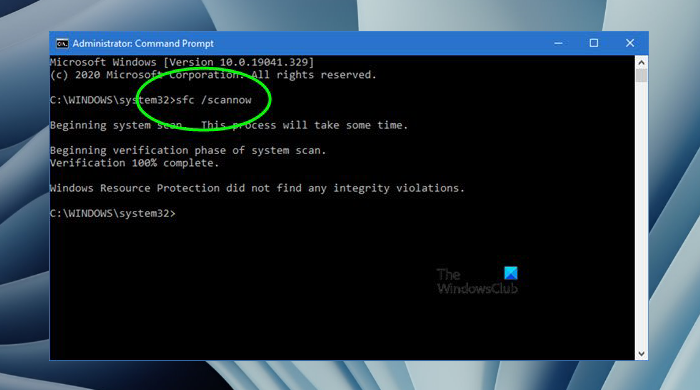
Corrupt system image files can be one possible cause of this problem. I suggest you repair your system image files and see if it helps.
Launch the System File Checker and DISM tools one by one and run the required commands to repair the corrupted system files.
6] Create a new Administrator account
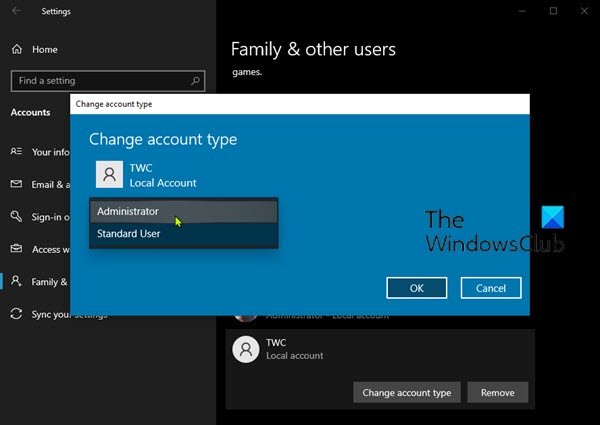
The problem might be associated with your current administrator account. Maybe it is corrupted. Create a new Administrator account and see if it helps. If the issue does not occur in the new Administrator account, you can keep using that account.
Read: Run as administrator option not working in Windows.
7] Reset your PC
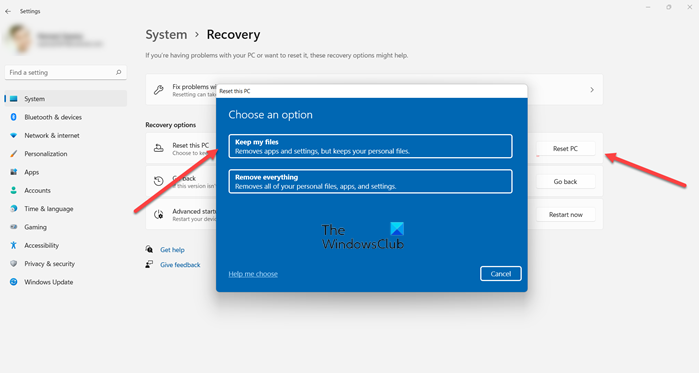
If none of the above-mentioned fixes resolve your issue, the last resort is to reset your PC to the factory default settings. While resetting your PC, select the Keep my files option. This option will reset your PC without deleting your data.
TIP: You can also make a program always run as an administrator by changing its Properties.
Why can’t I run as an administrator in Windows 11?
The common cause for this issue is the lack of administrator rights. You cannot launch programs as an administrator if you are signed in to your system with a local account. Another cause is the permission issues for a particular program. Edit its Security properties, add Everyone as a new user, and allow full control.
How do I enable administrator on Windows 11?
If you are signed in to your system as an administrator, you need not enable the administrator account because you can perform all actions that require elevated rights. However, in some cases, you may need to enable the hidden administrator account for troubleshooting purposes. In such a case, you can enable the built-in administrator account through the Command Prompt.